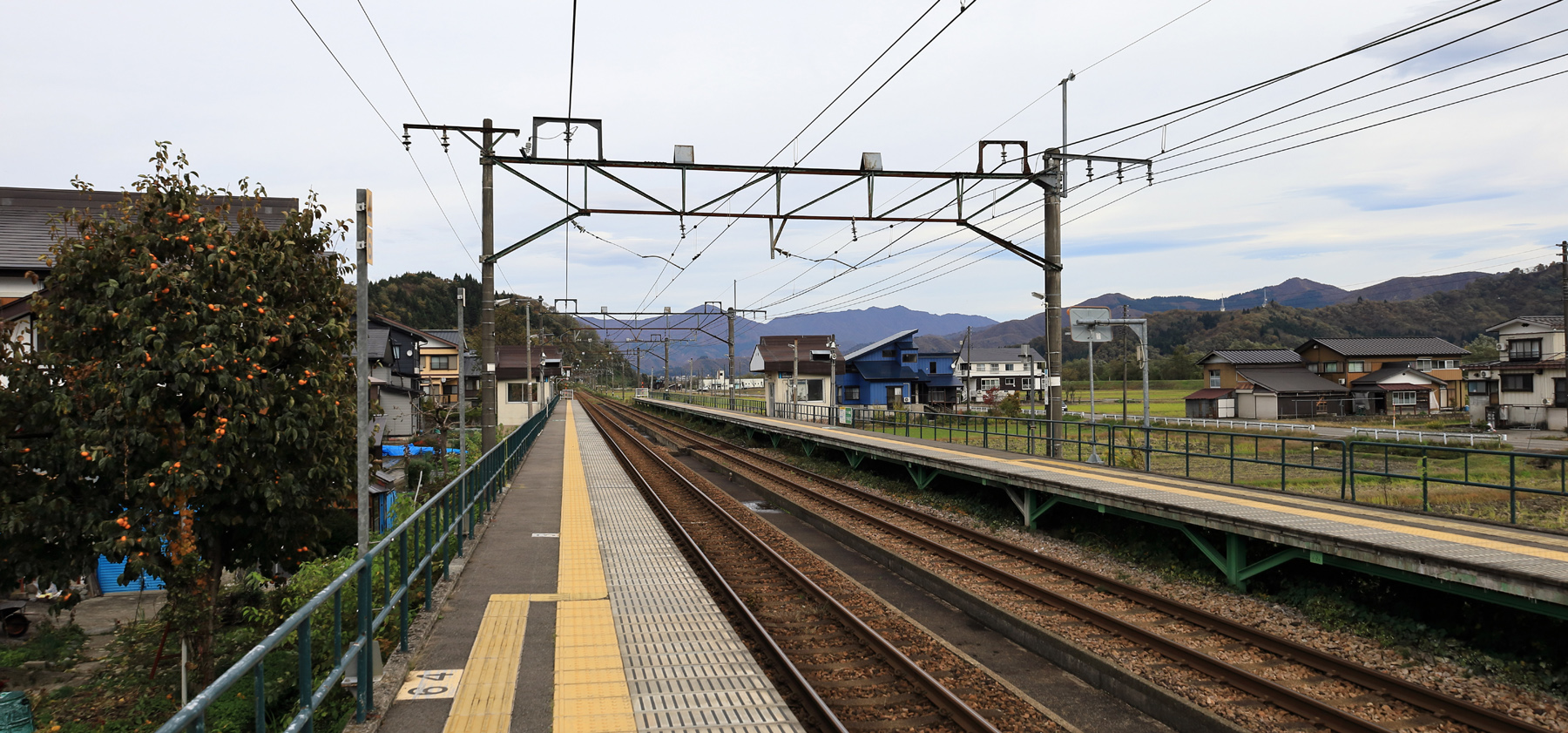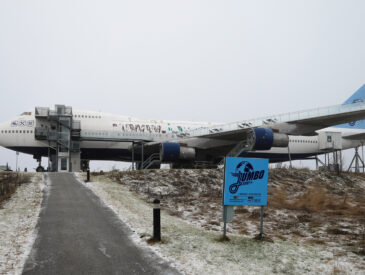This one might take some explaining…
It’s probably clear from this blog that my love of travel has always had a gamified aspect to it: from squeezing oversized benefits out of loyalty programmes to a more recent fascination with country counting. I’m also a big fan of board- and videogames, so when I learnt about the Nebula / YouTube channel Jet Lag: The Game I was instantly hooked. They treat the world as their board, with games playing out on transit networks and across borders. For instance, their first season recreated Connect Four using US states, each being claimed by completing a challenge at a state capitol – such as those of Idaho and Utah, which I’d visited only a few weeks earlier. I’ve also recognised plenty of stations from their games of Tag across Europe.
Their summer 2023 game, however, took place in unfamiliar territory – Japan. As I begun to put together plans for my trip, I couldn’t resist adding some of the locations featured to my itinerary. For this season teams competed in Capture The Flag, with the ‘flags’ being specific items from the ubiquitous vending machines found across the country. Movement was restricted to public transport only, and for a group of self-styled professional travellers, this was the first time the Jet Lag crew seemed to struggle with such a system. So I thought I would see if I fared any better on Tokyo’s famously complicated subway, before venturing out of the city to some places that would otherwise never have been on my radar.
Spoilers for season six of Jet Lag ahead!
Chiba

The opening capture of the season was from a vending machine near Chiba station, so for my first morning I decided to throw myself in at the deep end and make the same trip. What I hadn’t appreciated from the episode was the size of the initial play zone, as Chiba is a good 25 miles away. However, from my starting point at Takeshiba I could avoid the chaos of Tokyo’s main station, instead making a comparatively simple transfer at Shimbashi .
Ben had walked from Chiba station to the capture point, but I was able to complete the journey in rather more style, riding on a suspended monorail (possibly my first). It had taken me a while to scout out the location with street view, and on the ground I also got a bit muddled, but soon enough I was confronted with a familiar vending machine. Not wanting to carry around a souvenir ‘flag’ for the next ten days, nor being the selfie type, I settled for a photo:

Urasa
In episode 5, Sam hatches a “Heads I win, Tails you lose” plan to evade Adam and get a flag back from Niigata… only to become trapped at Urasa. Although it was his next location – Yairo – that I really wanted to see, I would also have to spend quite a bit of time at Urasa. But first I had to get there, and that gave me an excuse to tick off another goal: a ride on a bullet train.
Urasa is on the Jōetsu Shinkansen, equipped with E7 trains which can hit 160mph. That meant a journey time of just 1h21 for the 140 miles north – but all that speed doesn’t come cheap, at 7600JPY (approx £40) each way, plus another 330 for a seat reservation on the outbound. Paper forms for booking were incomprehensible without help from the office at Ueno station, but also unnecessary – I had no difficulties purchasing an (unreserved) ticket from a machine at Urasa for my return.
I have little to report from the route – on the outbound my seatmates had closed the window blinds, and on the way back it was already dark. As for the train itself, seats were quite narrow but otherwise comfortable – with good recline, a generous tray table, and power sockets. And of course bathrooms were immaculate, housing the obligatory Toto washlet toilet.

Urasa station was celebrating its centenary year, with a photography exhibition, some artworks and a collection of messages from local passengers. I perused these for a while before heading over to 7-11 to pick up lunch plus snacks for the rest of the afternoon. I didn’t explore much further, but it was clear I was already a long way from Tokyo, with a backdrop of mountains instead of skyscrapers. The station itself was probably the most significant structure, with the elevated shinkansen tracks towering over the original platforms and marching off into the countryside. Birdsong turned out to be artificial, but I did spot some dragonflies!

To get to Yairo I needed to change to the Jōetsu Line, not to be confused with the Jōetsu Shinkansen: weirdly, neither actually go to Jōetsu! Since I was only one stop away, the return fare was just 380JPY (£2), and the ticket machine was easy to operate. Once on board, there were announcements and signage in English as well as Japanese – not that I had time to get lost.
Yairo
“This countryside… Of all the places you could have froze me, I’m very grateful you froze me here”
Sam’s visit to Yairo was, in gameplay terms, a mistake, making his capture inevitable. But this unknown Japanese village seemed to delight him, and so I latched onto it as somewhere very different to Tokyo. Having now spent a pleasant afternoon wandering around, my only regret is that Sam and Adam didn’t explore further! Of course, I had two advantages in that I could plan in advance, and didn’t have to make a game show…
Whilst not exactly a tourist hotspot (although I am not the first to be inspired to visit by JL:TG), I had found two intriguing possibilities on the map. After the obligatory look around the tiny Yairo station (and collecting a souvenir ‘boarding certificate’), I set off for the more distant one, Saifuku-ji Temple.
Although less than two miles away, I spent almost an hour walking there as I was captivated by the rural scenes. Each home seemed like a small island, with the house and its patch of farmland delineated by irrigation channels. Deeply unfamiliar architectural styles – and tiny cuboid trucks – made it clear I was far from the English countryside! But there was a similar sense of quiet – I didn’t encounter another pedestrian, and there were few cars on the side roads.

Saifuku-ji is a Buddhist temple that dates back to the 16th century. It felt inappropriate to go inside, as it was clearly in use and I was oblivious to etiquette. But I spent some time relaxing in the beautiful grounds – leaves scattered across paths, statues being reclaimed by moss, trees in autumnal shades, elaborate woodwork. It was far more peaceful than Tokyo’s Sensō-ji temple, which I had visited the previous day.

With only one train an hour back to Urasa, I wasn’t sure if I had time for my other destination, but I did manage to squeeze it in before the next departure. Fortunately the Togakushi Shrine – Shinto, rather than Buddhist – is only a few minutes walk from Yairo station. The approach took me through the village, past old ladies picking vegetables and flowers, and up flights of mossy stone steps passing through torii gates. The shrine was at the end of a remarkable tree-lined ridge: the path just a couple of metres wide, with steep drops either side.

I had one last place to photograph, much to the confusion of some builders – the tunnel where Sam hid from Adam. Heading up to the platform with just a few minutes to spare, I get to see an ultra-luxurious Train Suite Shiki-Shima service passing through. Riding that would require two lottery wins – one to get a ticket, the other to afford it! But I was content with my own plans, returning first to Urasa and then Ueno.
If you only have one day for an excursion out of Tokyo, should it be to Yairo? For most people, obviously not. But I suspect that many visitors to Japan are indulging a geeky interest – it’s just that for me, that’s obscure travel rather than manga or anime! Whatever your personal passions, I’d always recommend building trips around them rather than following the crowds.




